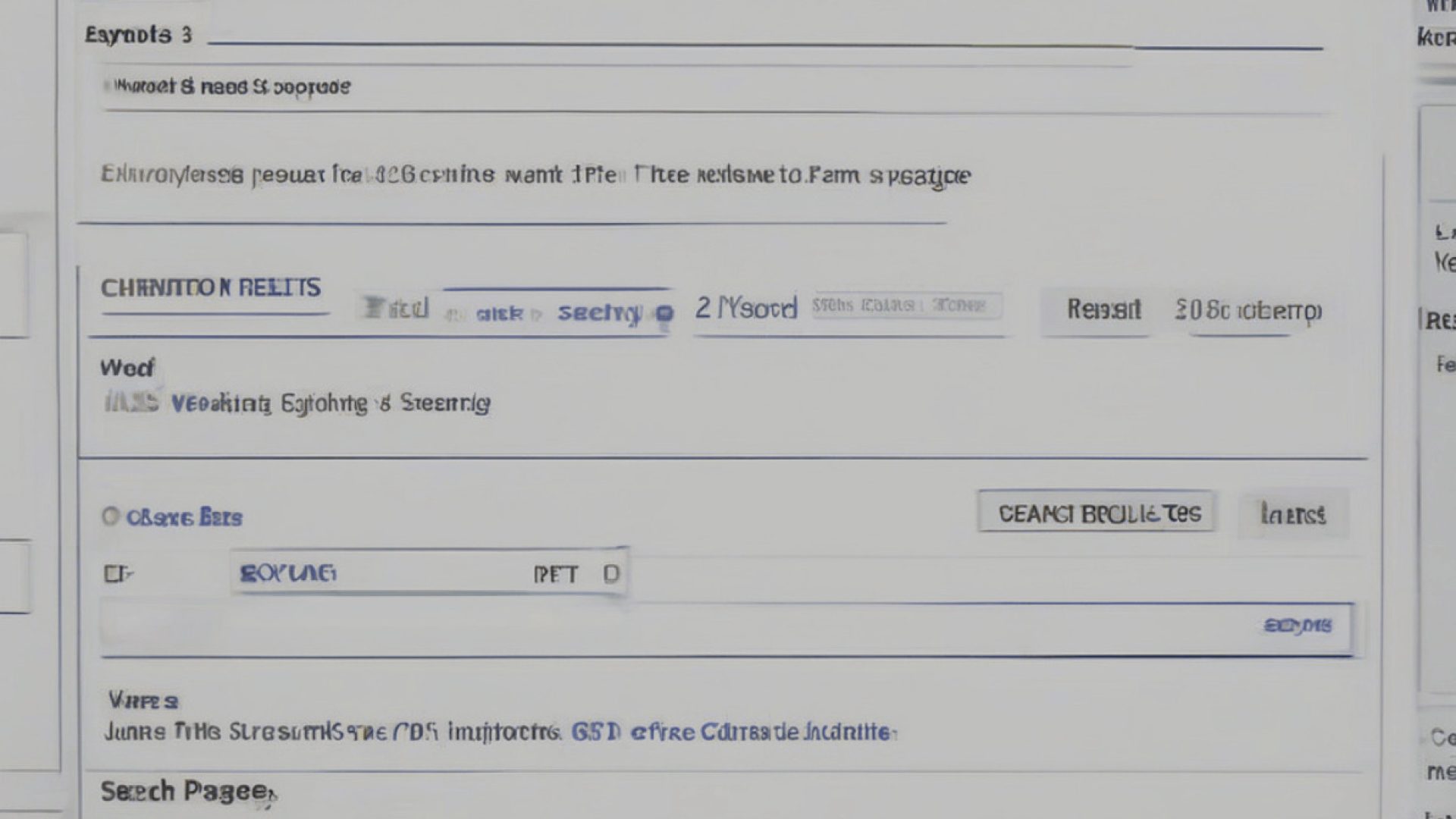In the competitive world of Amazon selling, understanding and effectively using long tail keywords can be the key to driving traffic, improving product visibility, and ultimately boosting sales. Unlike more generic, often highly competitive keywords, long tail keywords are longer, more specific phrases that shoppers are likely to use when they are closer to a point of purchase. This article explores the significance of long tail keywords in Amazon’s marketplace and provides strategies for discovering and utilizing them to achieve success.
The Power of Long Tail Keywords in Amazon Selling
Long tail keywords are integral to a successful SEO and marketing strategy on Amazon for several reasons:
Less Competition: They face less competition than more generic keywords, making it easier to rank higher in search results.
Targeted Traffic: These keywords attract more specific, often more serious buyers, leading to higher conversion rates.
Improved Customer Matching: They allow you to match your product more precisely with customer searches, increasing the likelihood of sales.
Cost-Effectiveness in PPC Campaigns: In Amazon PPC campaigns, long tail keywords can be more cost-effective, offering a higher return on investment.
Strategies for Discovering Long Tail Keywords
Utilize Keyword Research Tools: Tools like Jungle Scout, Helium 10, or Ahrefs can help identify long tail keyword opportunities based on search volume, competition, and relevance.
Analyze Competitor Listings: Look at successful competitors’ listings, especially their titles and descriptions, to identify long tail keywords they are targeting.
Understand Your Audience: Know your target customer’s needs, preferences, and language. Use this understanding to predict the specific phrases they might use to search for your products.
Leverage Amazon’s Search Bar Autofill: Start typing a general keyword related to your product in Amazon’s search bar and observe the autofill suggestions. These often include valuable long tail keywords.
Monitor Customer Reviews and Queries: Pay attention to how customers describe your product in reviews and the questions they ask. These can be a rich source of long tail keyword ideas.
Incorporating Long Tail Keywords into Your Amazon Strategy
Once you’ve identified a set of long tail keywords, integrate them into your Amazon listing:
Product Titles: Include the most relevant long tail keyword in your product title.
Bullet Points and Descriptions: Use various long tail keywords naturally in your product’s bullet points and descriptions.
Backend Keywords: Amazon allows a set number of backend keywords; use this space to add additional long tail keywords.
Amazon PPC: Use long tail keywords in your PPC campaigns to target specific audiences.
Challenges in Using Long Tail Keywords
Finding the Right Balance: Avoid keyword stuffing. Your listing should read naturally.
Continuous Research: Keyword trends can change, necessitating regular research and updates to your listings.
Measuring Effectiveness: Track your keyword performance to understand their impact on your sales and adjust your strategy accordingly.
FAQs for Long Tail Keywords in Amazon Selling
Q: How many long tail keywords should I use in my listing?
A: Aim for a natural integration of keywords. There’s no specific number, but avoid overstuffing your listing with keywords.
Q: Can I use the same long tail keywords as my competitors?
A: While it’s okay to draw inspiration, try to find unique variations to stand out.
Q: How do I know if a long tail keyword is effective?
A: Monitor your listing’s traffic and sales. Tools like Amazon’s Seller Central provide insights into keyword performance.
Q: Should I continually update my long tail keywords?
A: Yes, it’s advisable to review and update your keywords periodically to align with changing search trends and customer behaviors.
Q: Are long tail keywords useful for Amazon PPC?
A: Absolutely. They can be highly effective in targeting specific audiences in PPC campaigns.
In summary, mastering the art of identifying and using long tail keywords is crucial for Amazon sellers aiming to enhance their product visibility and sales. By strategically researching and integrating these keywords into your listings and PPC campaigns, you can attract more targeted traffic, leading to higher conversion rates and sustained success in the Amazon marketplace.


